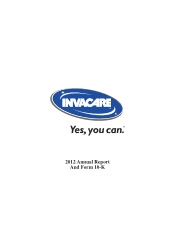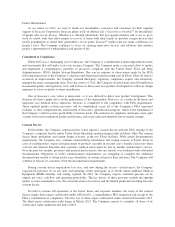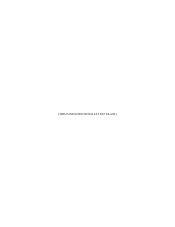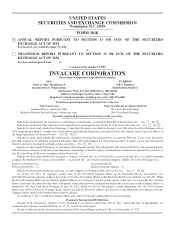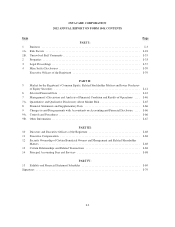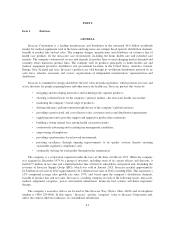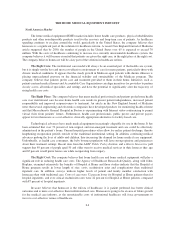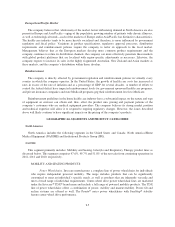Invacare 2012 Annual Report Download - page 10
Download and view the complete annual report
Please find page 10 of the 2012 Invacare annual report below. You can navigate through the pages in the report by either clicking on the pages listed below, or by using the keyword search tool below to find specific information within the annual report.THE HOME MEDICAL EQUIPMENT INDUSTRY
North America Market
The home medical equipment (HME) market includes home health care products, physical rehabilitation
products and other non-disposable products used for the recovery and long-term care of patients. As healthcare
spending continues to escalate around the world, particularly in the United States, the company believes that
homecare is a significant part of the solution for healthcare reform. A recent New England Journal of Medicine
article suggested that by 2030, the number of people in the United States over 65 is expected to exceed 70
million. With the costs of healthcare continuing to increase in a currently unsustainable healthcare system, the
company believes it will become essential that patients are given the right care, in the right place at the right cost.
The company believes homecare will be a key part of the solution in healthcare reform.
The Right Care: The institutional care model will always be an essential part of the health care system,
but it is simply not the best and most cost-effective environment of care for many patients, particularly those with
chronic medical conditions. It appears that the steady growth in Medicare-aged patients with chronic illnesses is
placing unprecedented pressure on the financial stability and sustainability of the Medicare program. The
company believes that patients prefer care and treatment provided to them in their home. Initiatives such as
patient-centered medical homes and Accountable Care Organizations can align incentives for providers to partner
closely across all medical specialties and settings and have the potential to significantly alter the trajectory of
rising health care costs.
The Right Place: The company believes that many medical professionals and patients prefer home health
care over institutional care because home health care results in greater patient independence, increased patient
responsibility and improved responsiveness to treatment. An article in the New England Journal of Medicine
notes that several engineering and electronics companies have developed products for monitoring health at home
and that Massachusetts General Hospital in Boston is experimenting with Internet video-conferencing to permit
virtual visits from patients’ homes. Furthermore, health care professionals, public payors and private payors
appear to favor homecare as a cost-effective, clinically appropriate alternative to facility-based care.
Technological advances have made medical equipment increasingly adaptable for use in the home. It has
been estimated that over 70 percent of non-surgical and non-emergent treatment and care could be effectively
administered in the patient’s home. Current hospital procedures often allow for earlier patient discharge, thereby
lengthening recuperation periods outside of the traditional institutional setting. In addition, continuing medical
advances prolong the lives of adults and children, thus increasing the demand for home medical care equipment.
Undoubtedly, as health care consumers, the baby boomer population will have strong opinions and preferences
about their treatment settings. Recent data from the AARP Public Policy Institute and a Harris Interactive poll
suggest that 89 percent of people aged 50 and older want to receive medical services in their home as they age
and 65 percent would prefer home care while recuperating from surgery.
The Right Cost: The company believes that home health care and home medical equipment will play a
significant role in reducing health care costs. The Agency of Healthcare Research & Quality, along with Johns
Hopkins, examined extensively the benefits of Hospital at Home and those studies indicate that the Hospital at
Home program results in lower length of stay, costs, readmission rates and complications than traditional
inpatient care. In addition, surveys indicate higher levels of patient and family member satisfaction with
homecare than with traditional care. Costs of care were 32 percent lower for Hospital at Home patients than for
hospital inpatients, and ever critical readmission rates were 42 percent for Hospital at Home patients, compared
with 87 percent of hospital inpatients.
Invacare believes that homecare is the trifecta of healthcare: it is patient preferred, has better clinical
outcomes and is more cost-effective than institutionalized care. Homecare is going to be an area of future growth
for the medical care industry, as the unsustainable costs of institutional healthcare will force governments to
move to cost-effective venues of healthcare.
I-4

